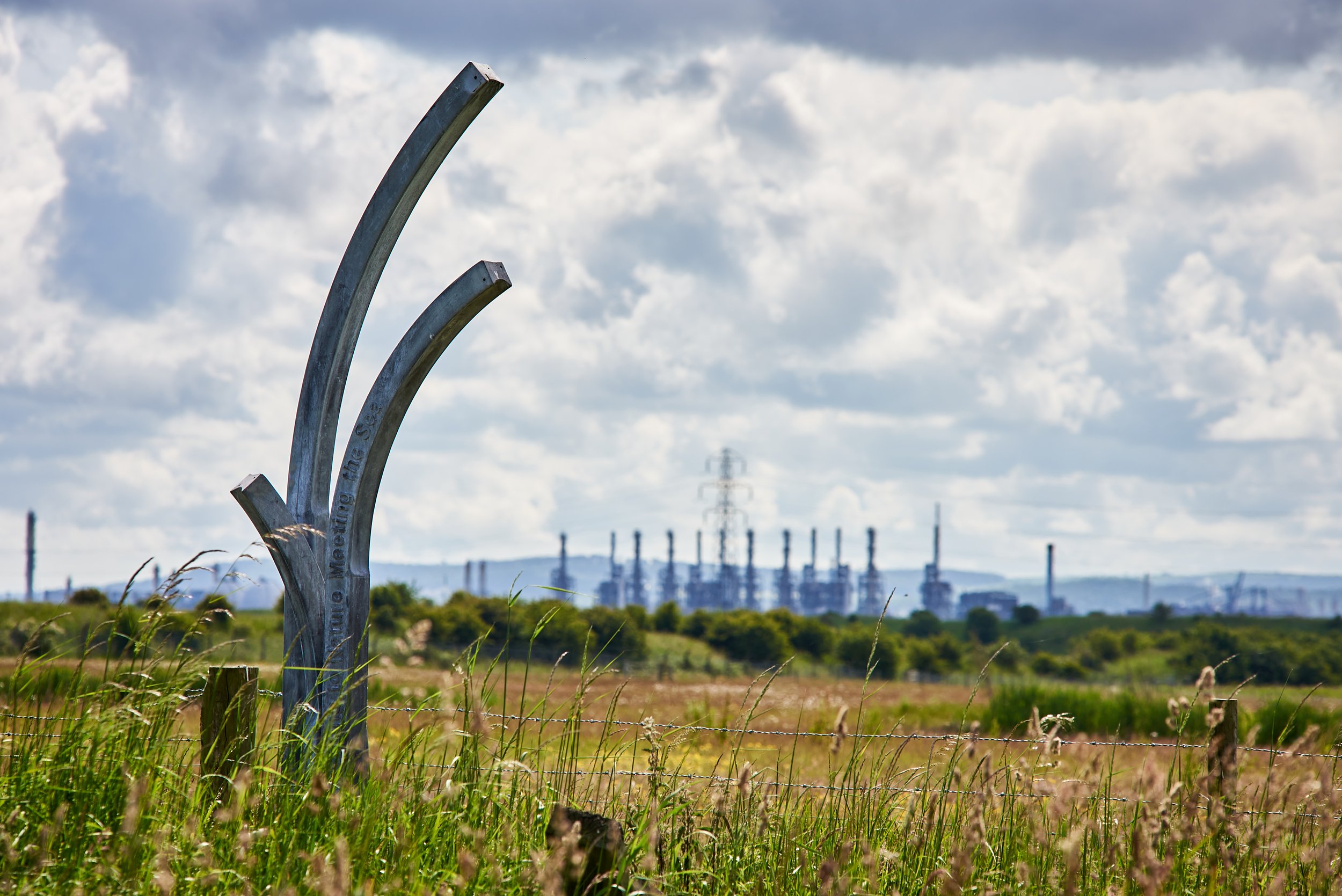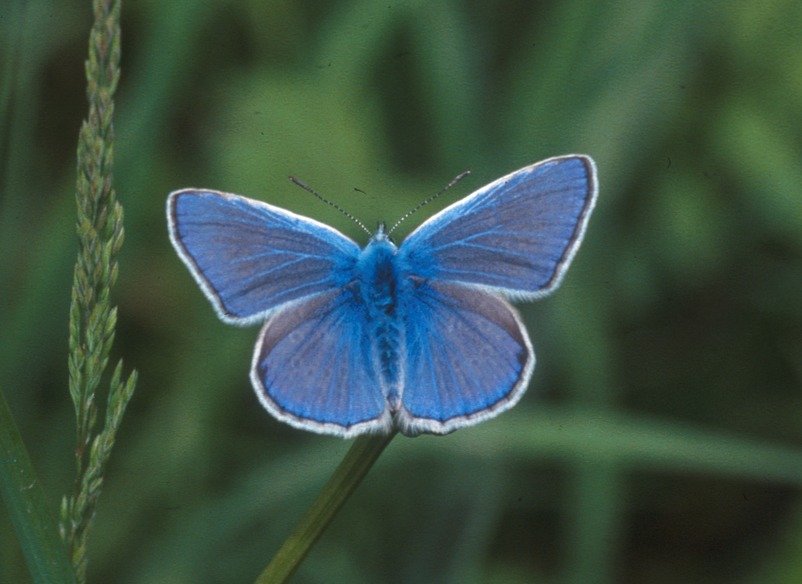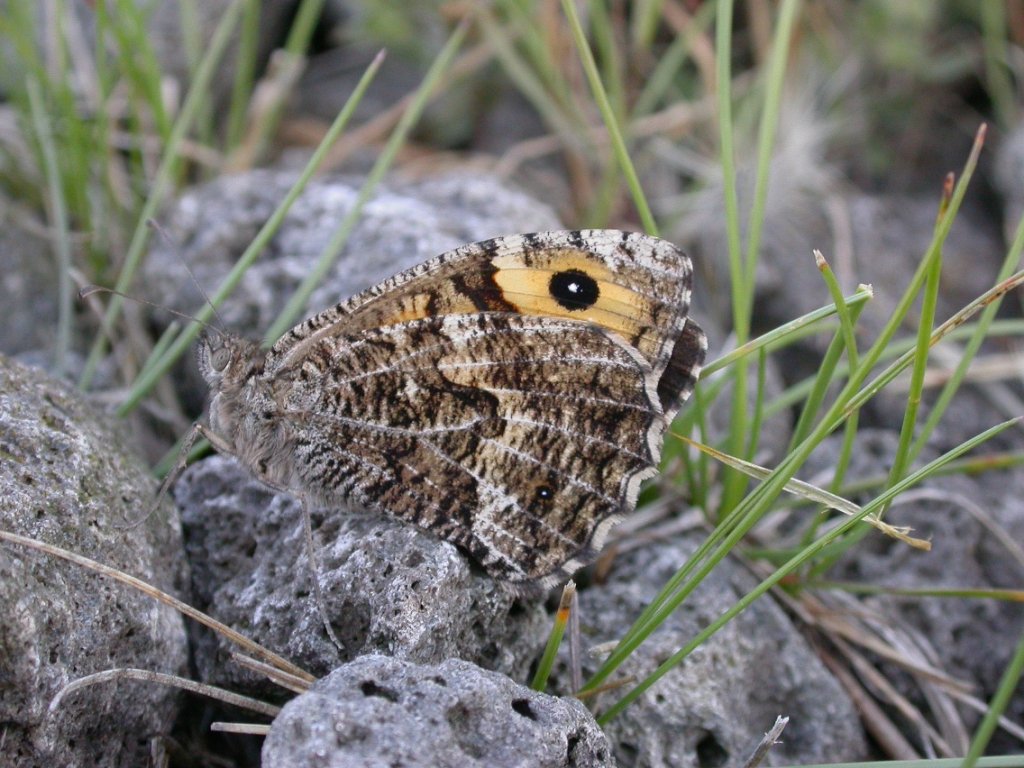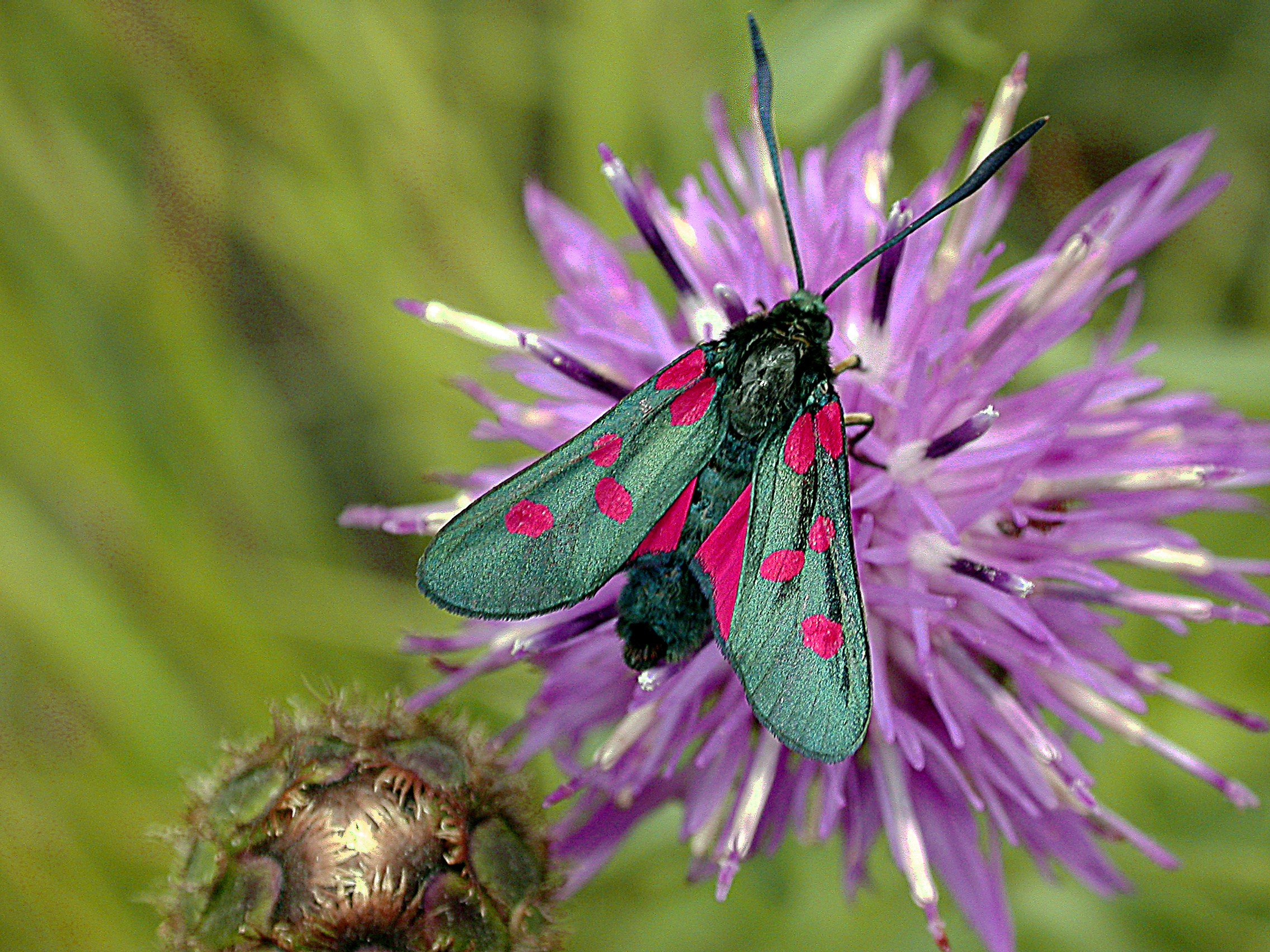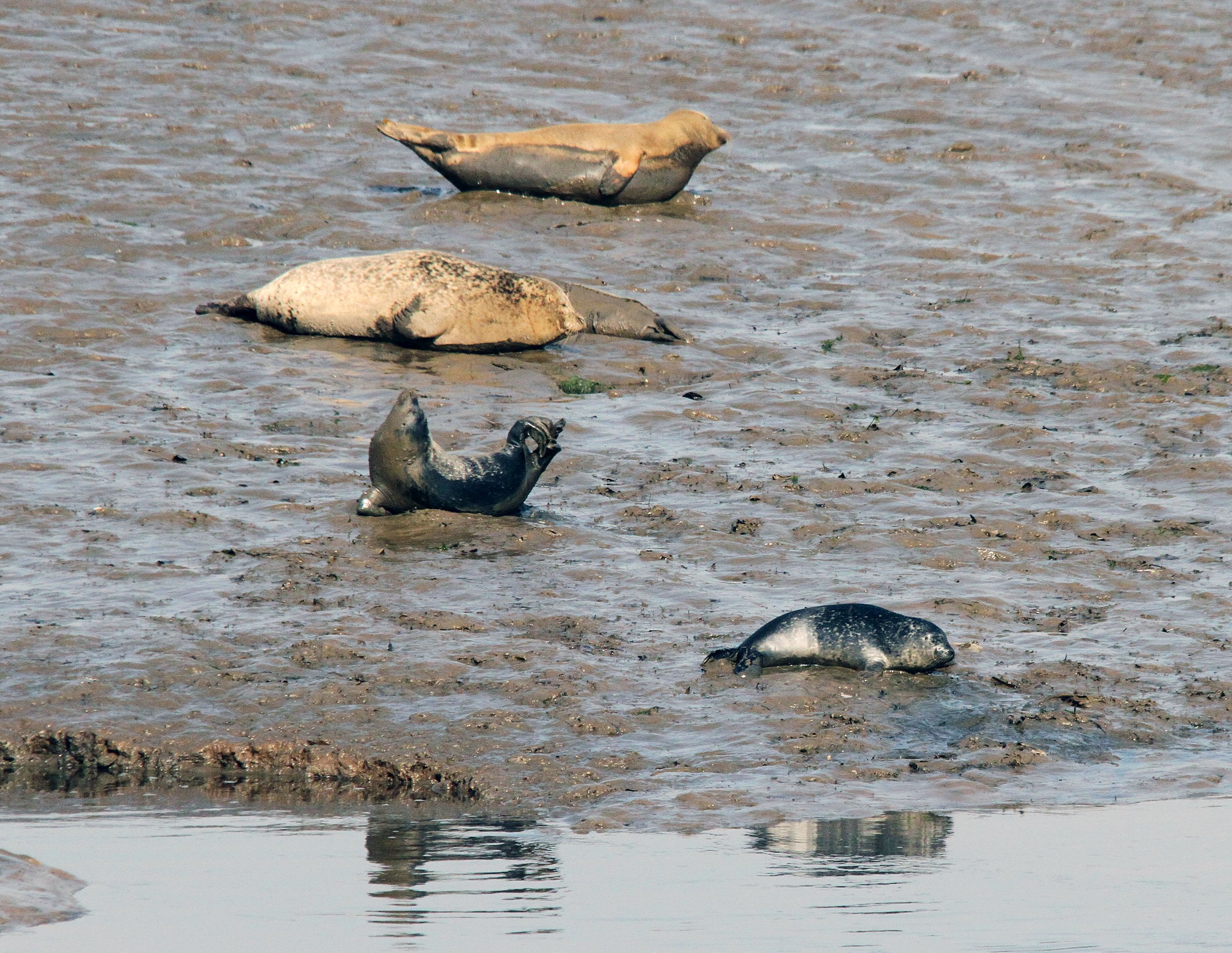Salt Marshes ‘Crossing Points’
Andrew McKeown
The river’s bridges and bends influence the forms and shapes of these pieces. A ‘crossing point’ is also a ‘threshold’ to overcome; to get from where you are to where you want to be – reflecting the area’s future aspirations.
The pieces deliberately feel organic, as if they are ‘growing out of the ground’.
Each a galvanised steel box section with etched words;
’Connecting to Nature Meeting the Sea’
to tie it with its particular location.
How it works
use the map to find the sculpture
Take a rubbing from the steel plaque in the passport booklet
post a picture of your rubbing or a selfie with the sculpture
How many can you collect?
Care to share?
Upload your photos to Instagram, Facebook or Twitter. #teessculpturetrail
Seals at Greatham Creek - David Miles
Did you Know?
The Tees Estuary supports the largest area of saltmarsh between Lindisfarne and the Humber Estuary. Tees saltmarshes show a succession of vegetation types, including pioneer marshes of glassworts (Salicornia species) and annual sea-blite (Suaeda maritima). Saltmarsh and mudflat are also excellent at trapping and storing carbon.
Download our Heritage guide, to discover more about the wildlife in Tees Valley;
Gallery - Crossing Points
images by Chris Chapman Visuals
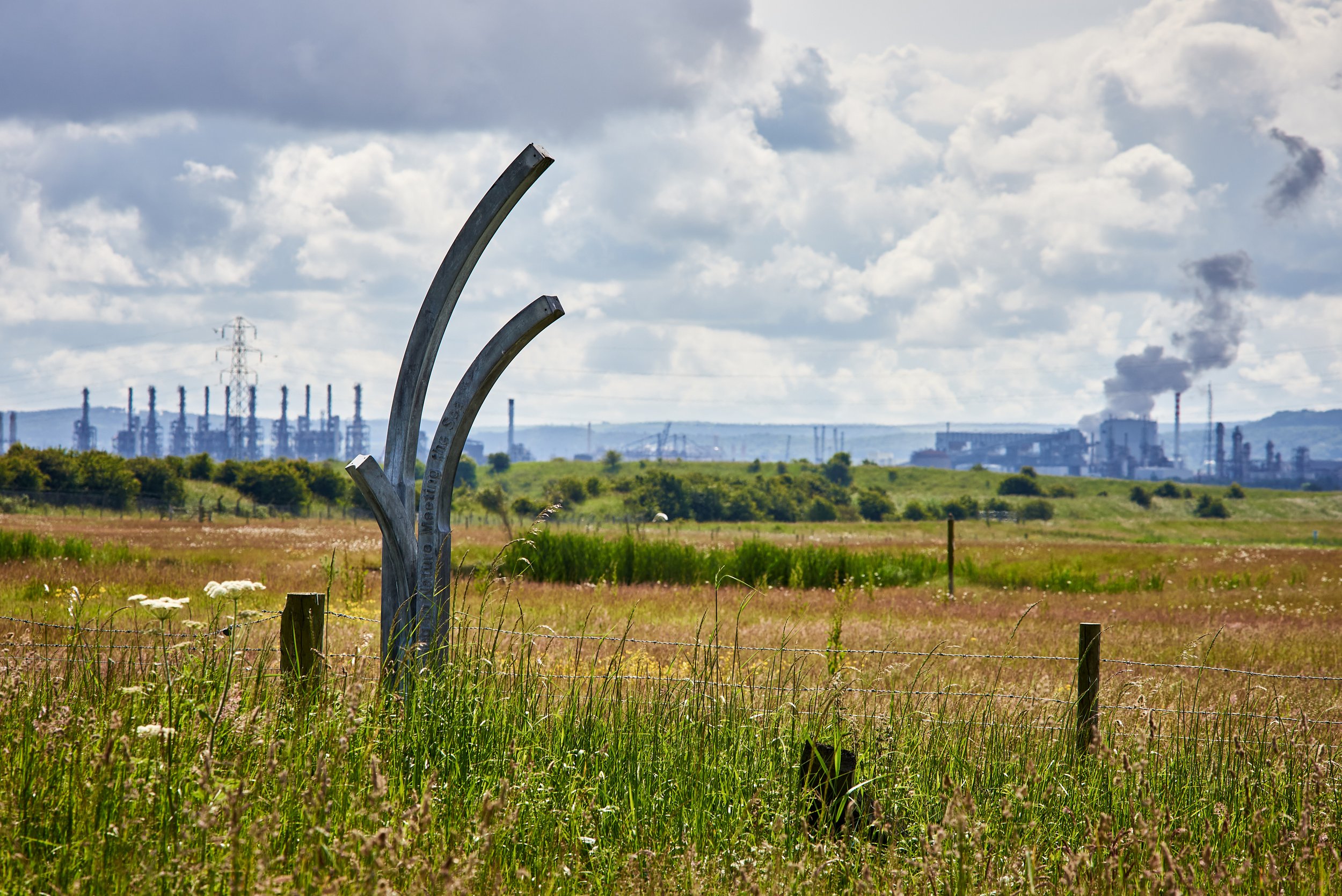
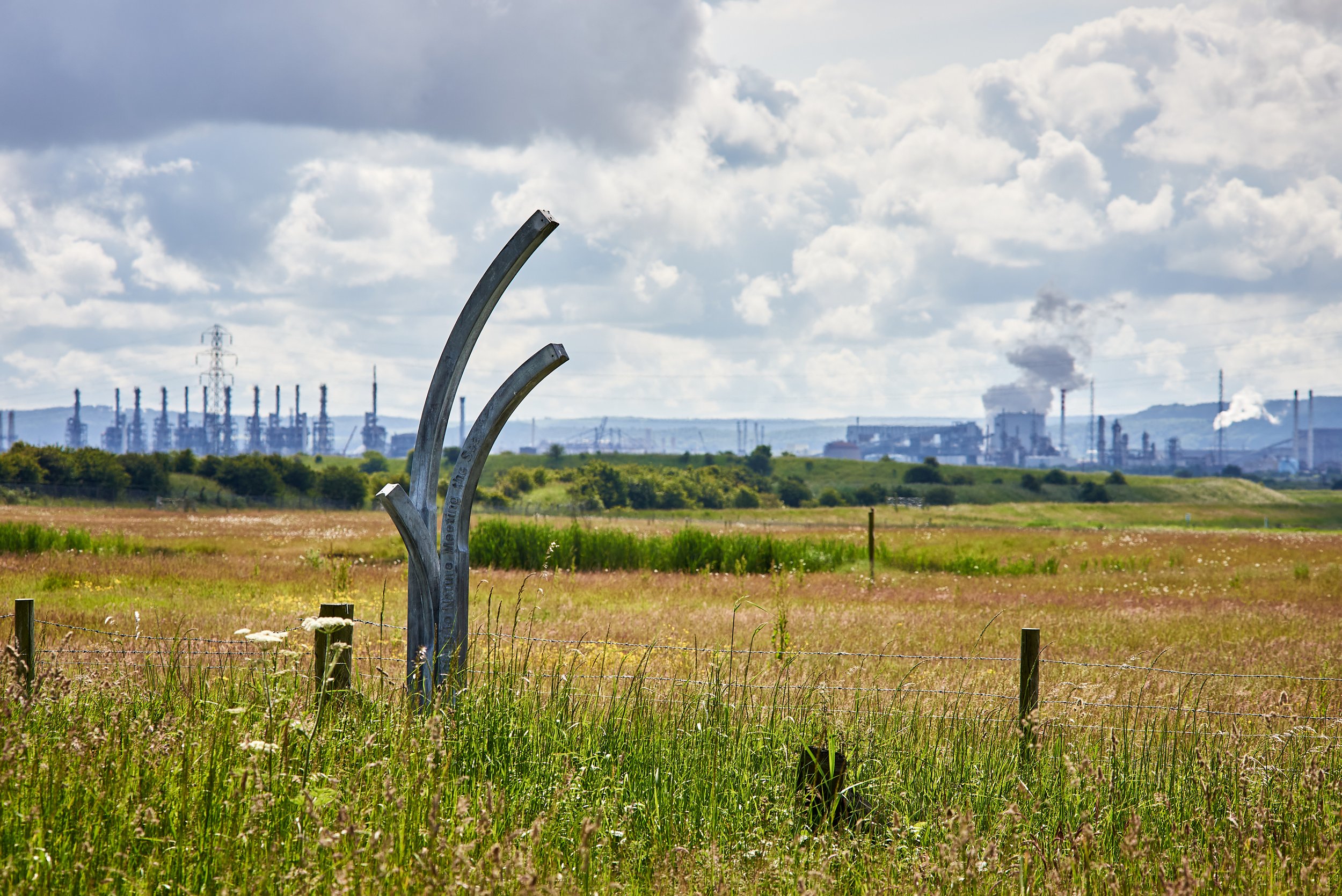
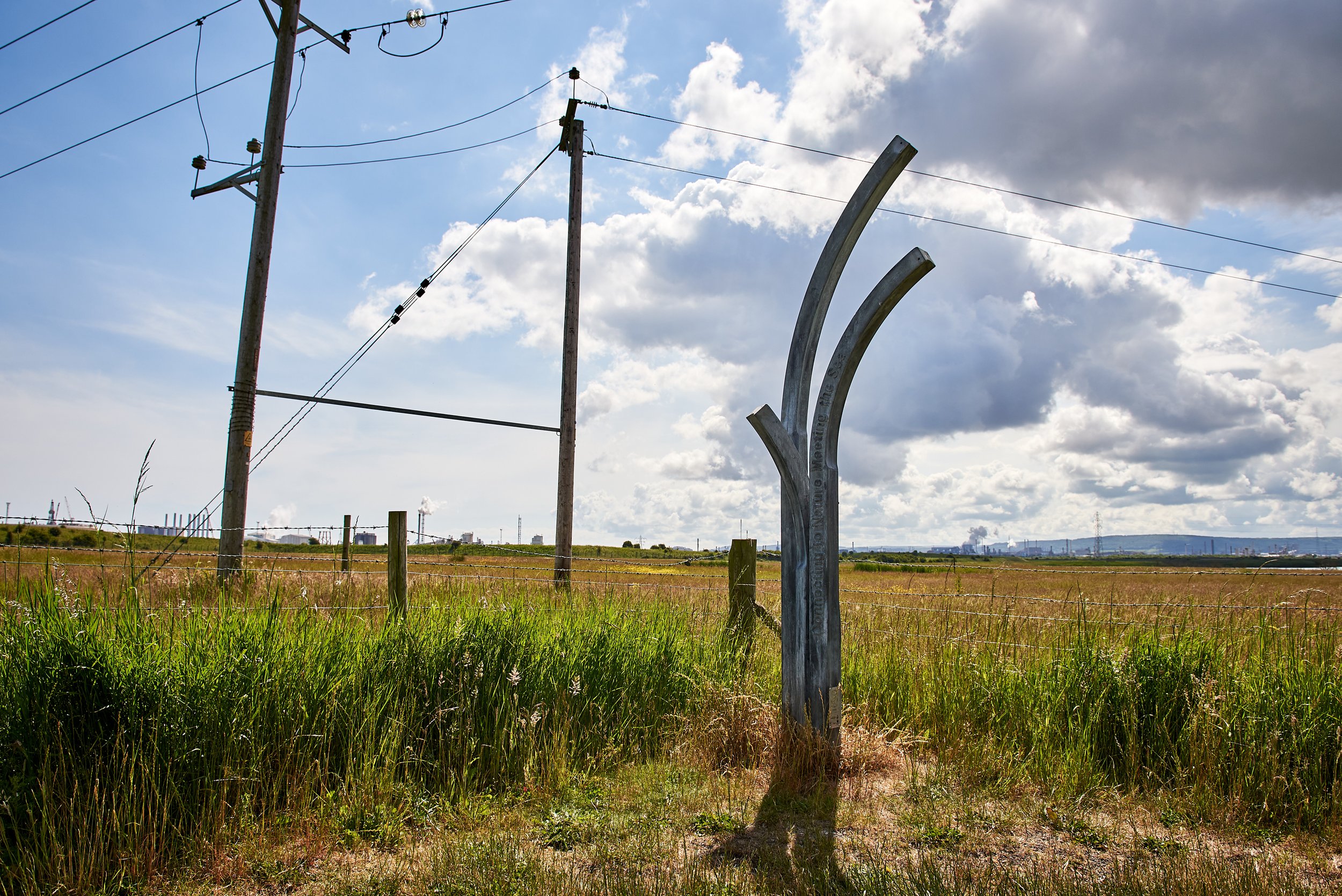
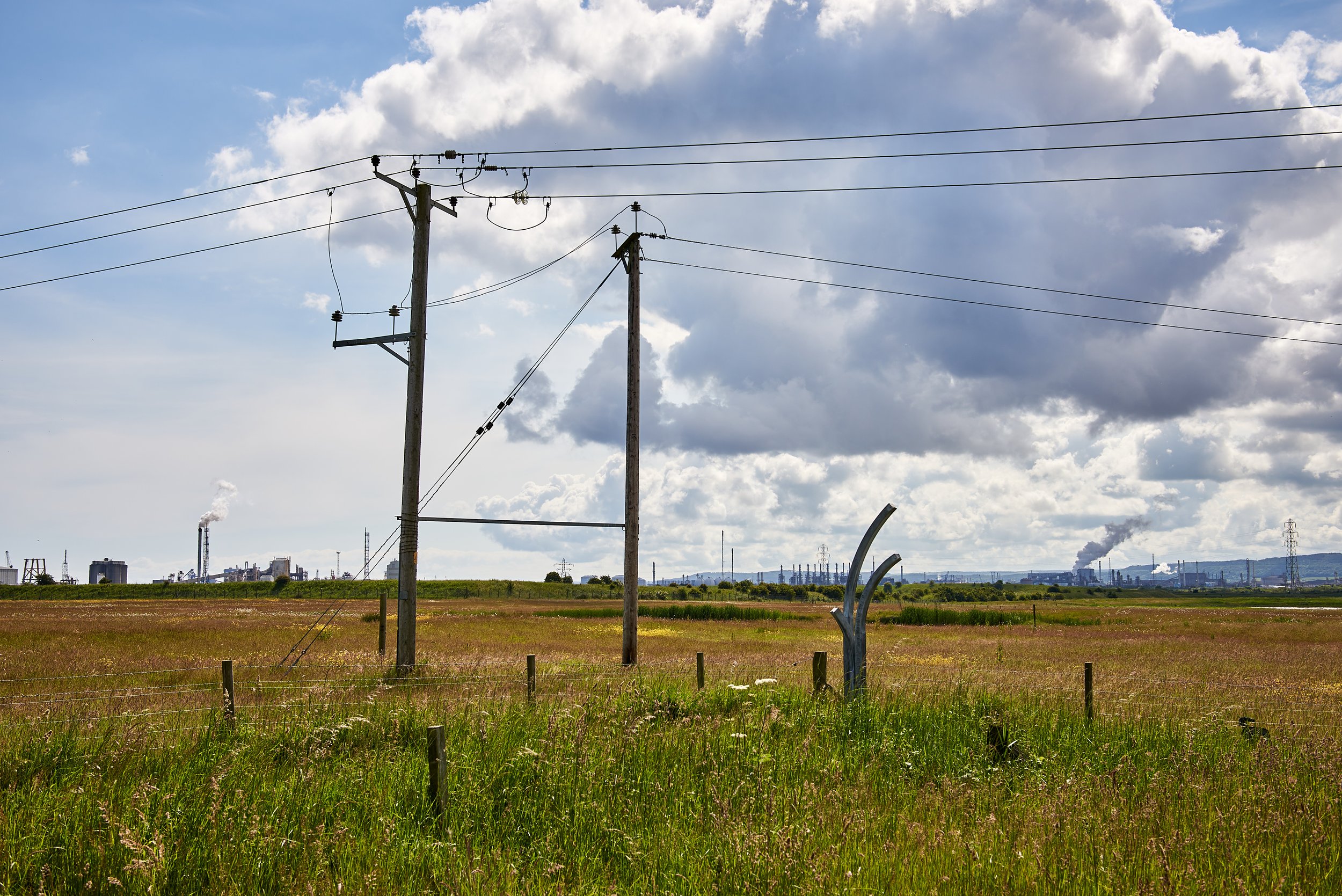

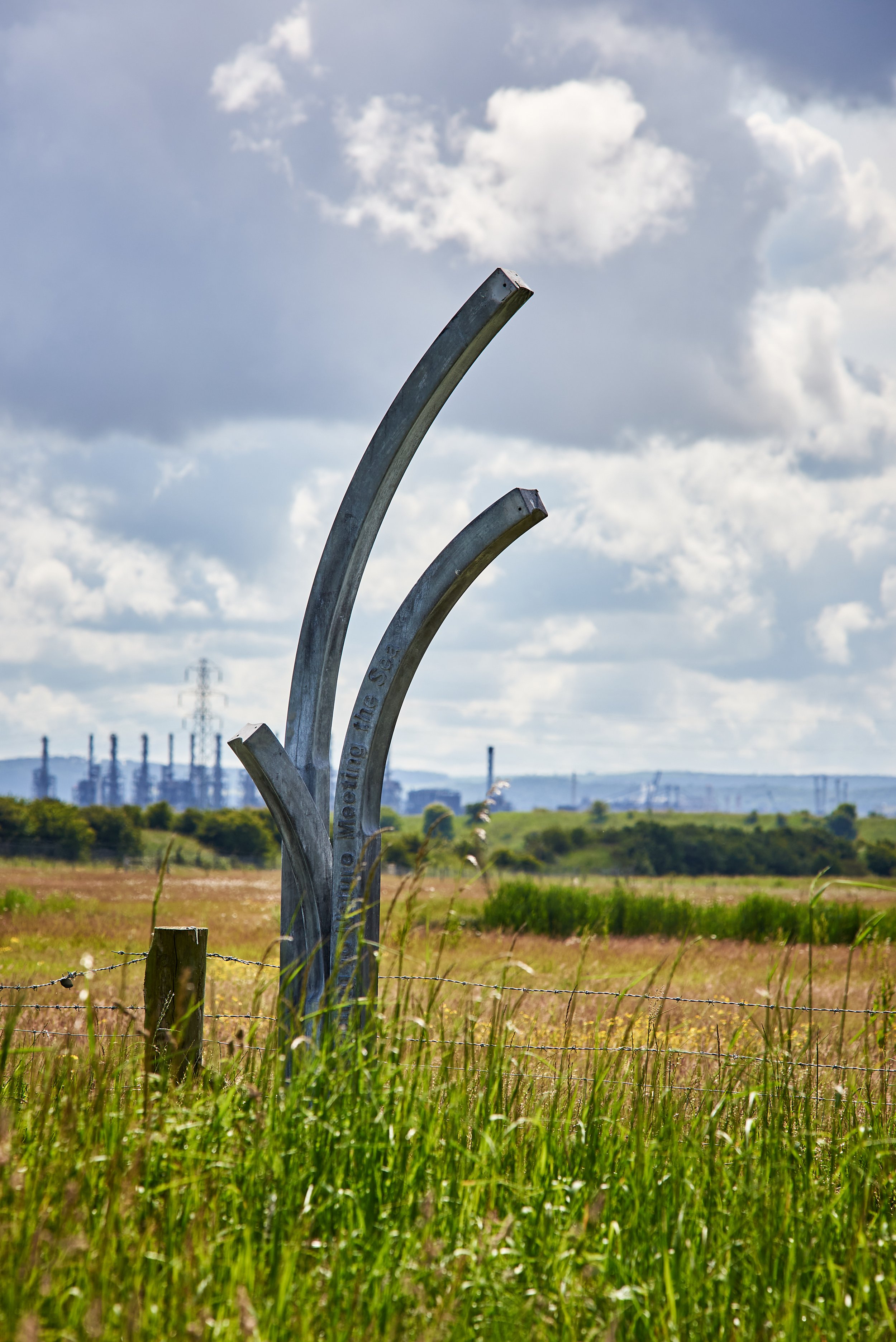
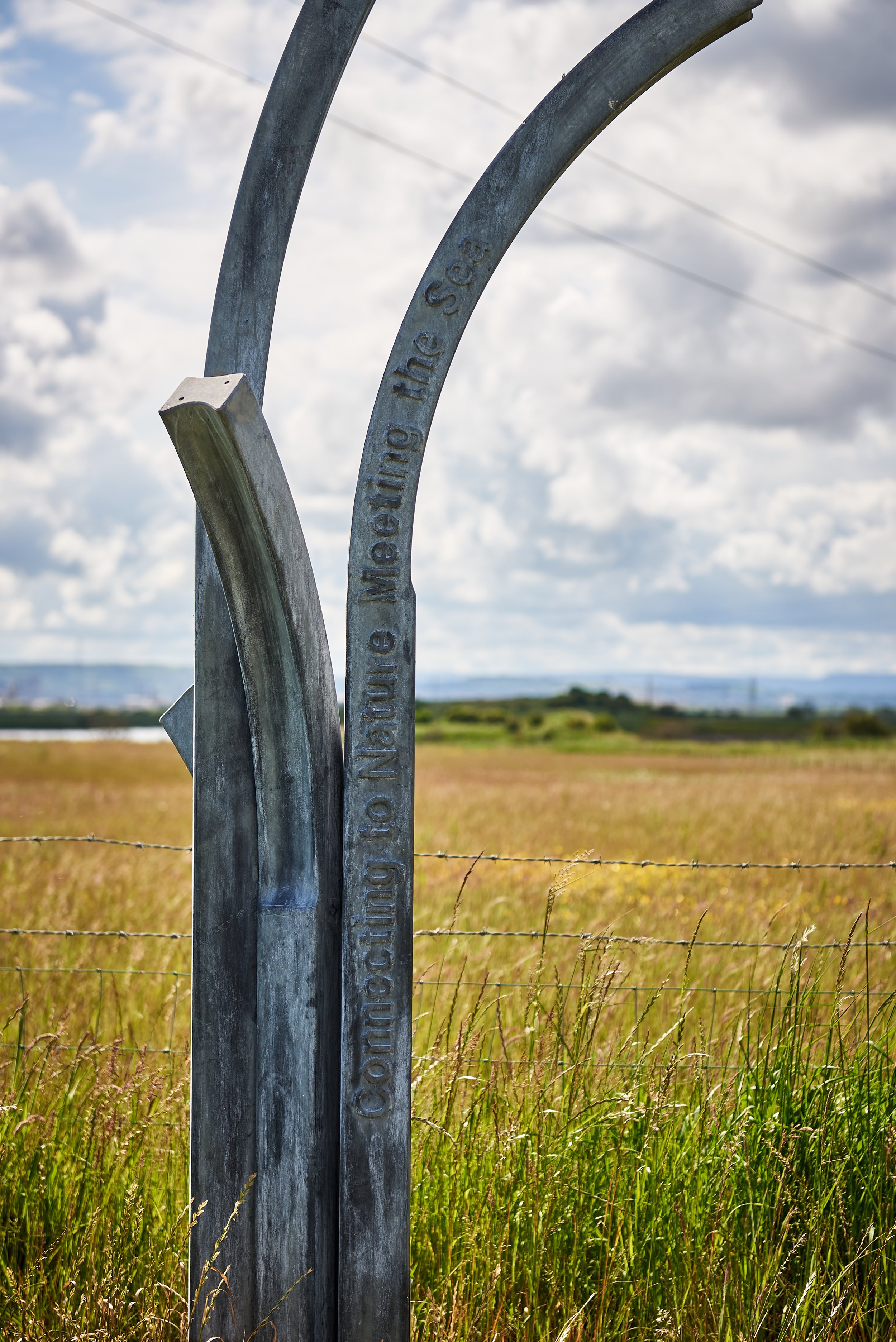
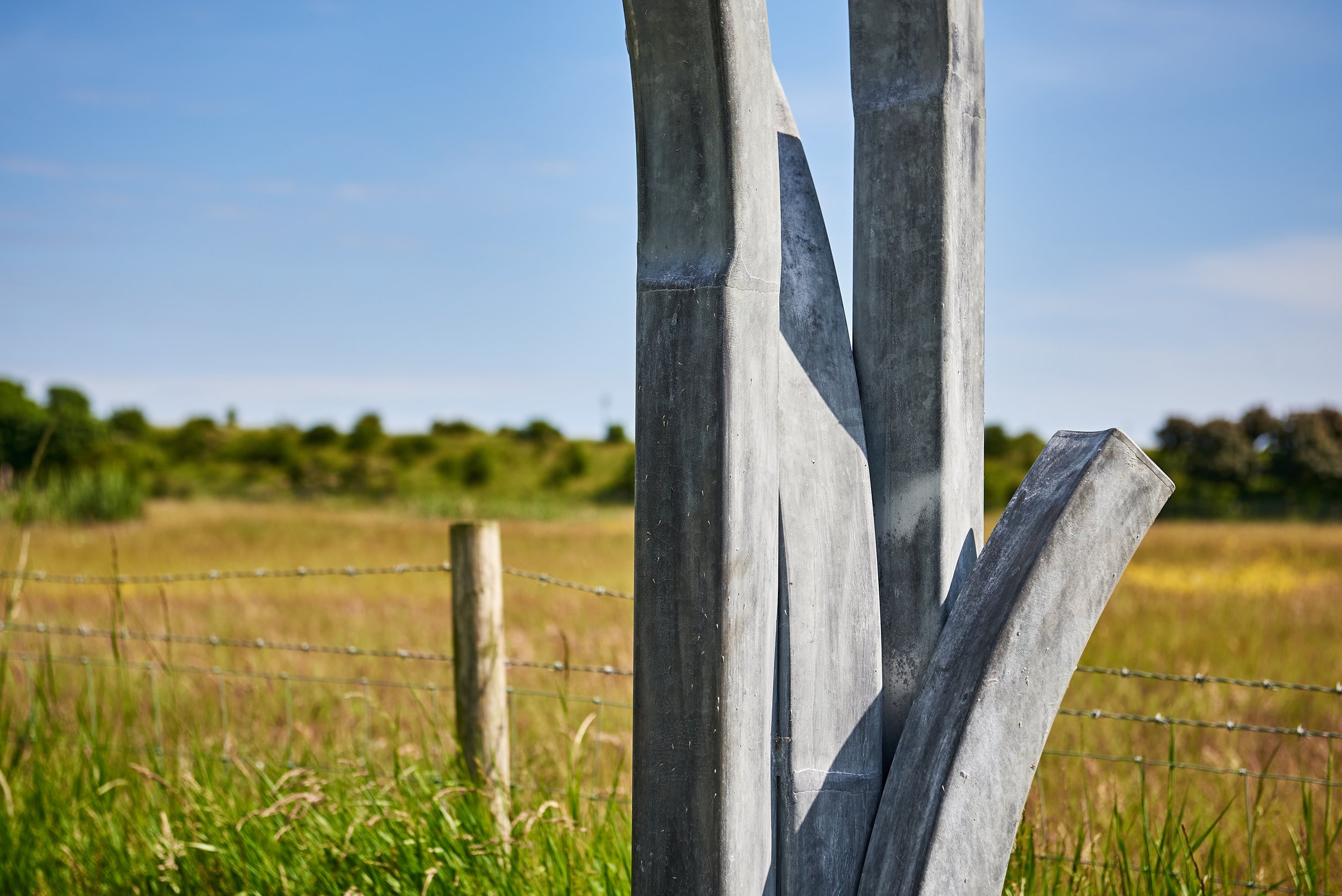
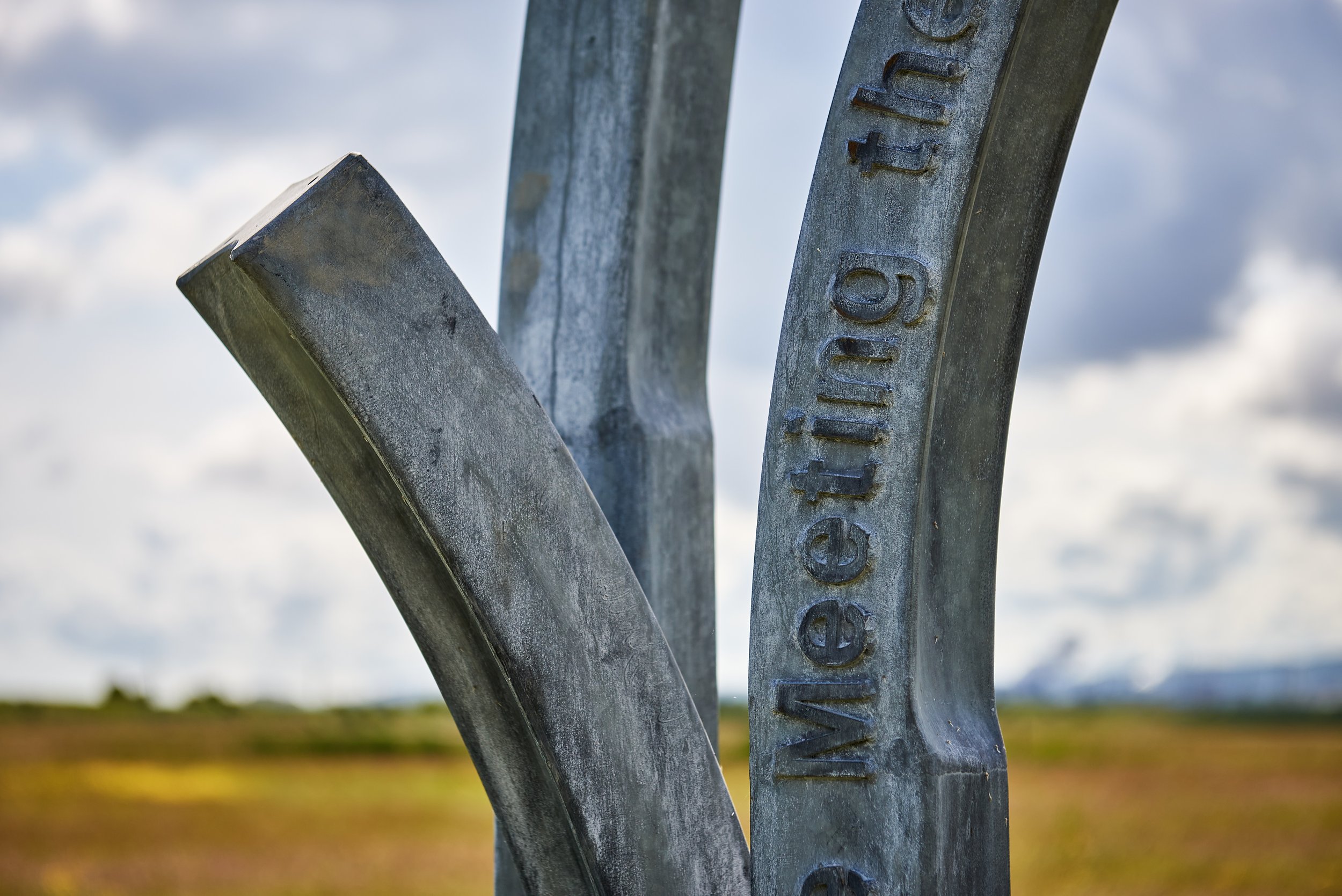
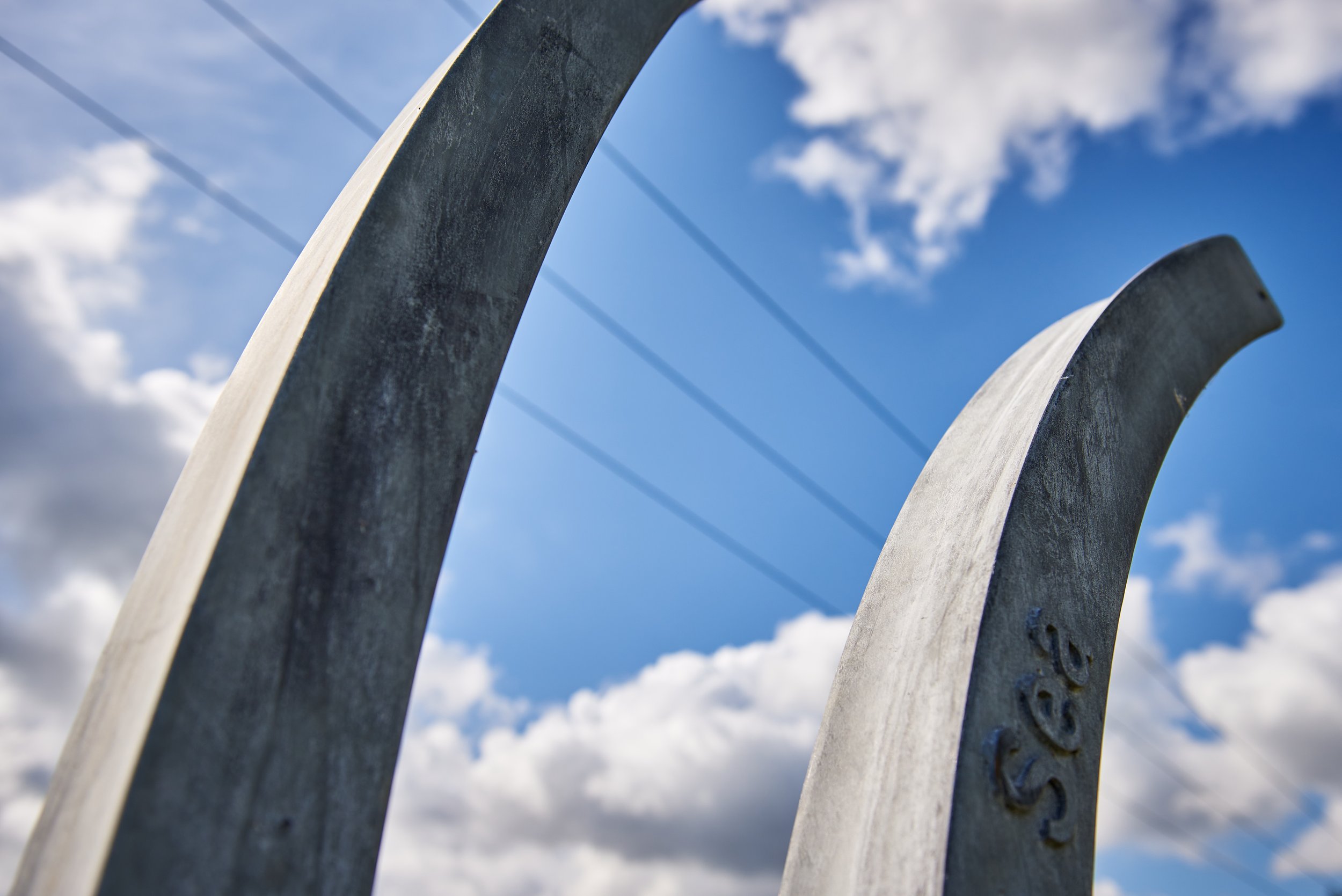


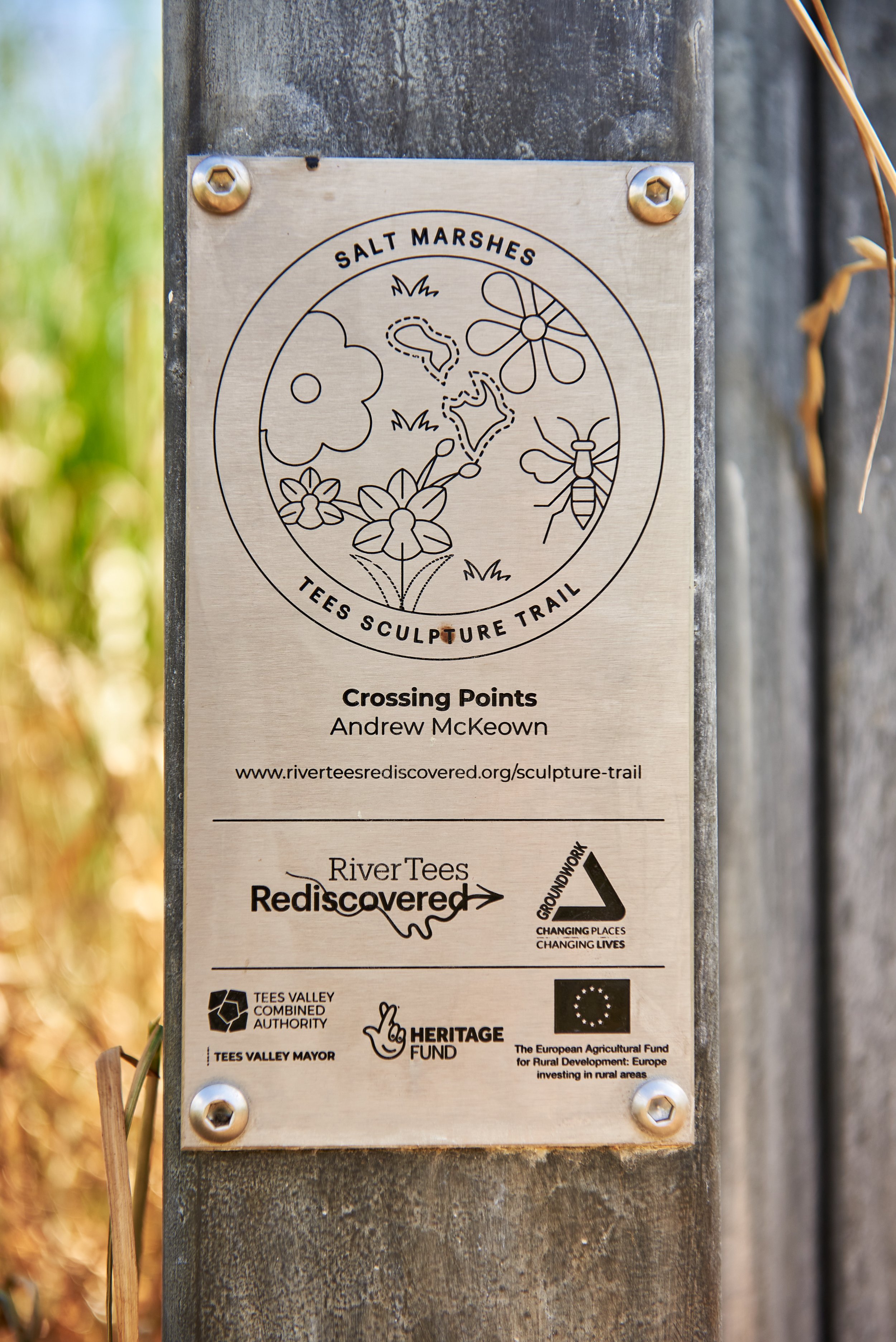
Gallery Wildlife
images provided by INCA
For more inspiration on great things to do in the Tees Valley visit:


